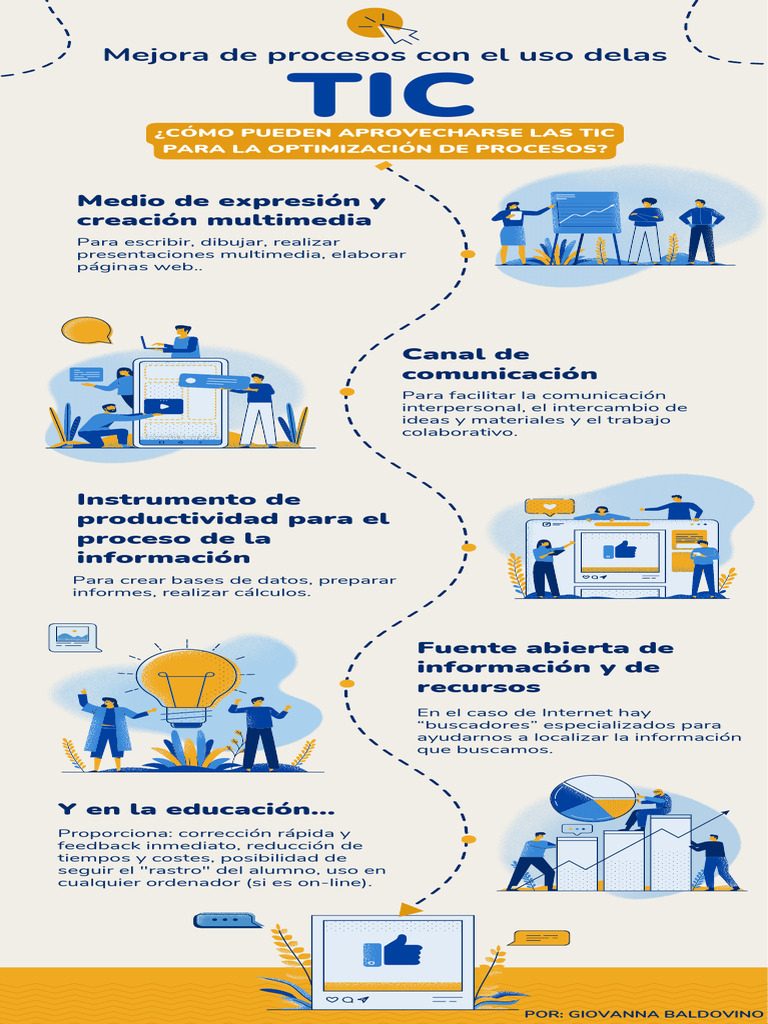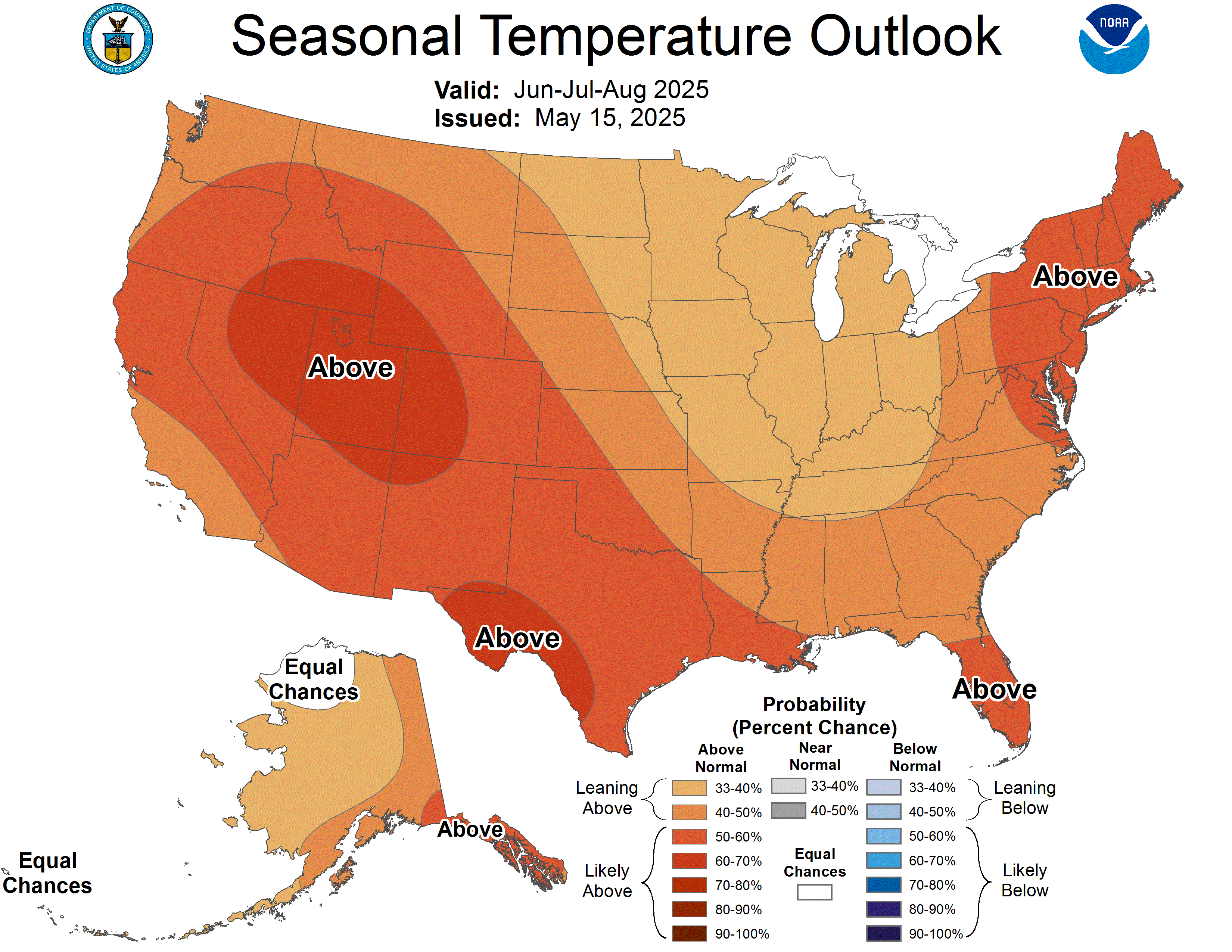The Future Of Manila Bay: A Sustainability Assessment

Table of Contents
Manila Bay, a historically significant and ecologically rich body of water, faces numerous environmental challenges threatening its future. This assessment explores the current state of Manila Bay's sustainability, examining key issues and proposing potential solutions for its long-term preservation. We will delve into the critical aspects of pollution control, biodiversity protection, and sustainable tourism practices, ultimately aiming to chart a path toward a healthier and more vibrant Manila Bay.
The Current State of Manila Bay's Environmental Health
Water Pollution and its Sources
Manila Bay suffers from severe water pollution, significantly impacting its ecological health and the well-being of its surrounding communities. Major pollutants include industrial waste, untreated sewage, and agricultural runoff. These contaminants drastically reduce dissolved oxygen levels, leading to the death of marine life and creating harmful conditions for human contact. Coliform bacteria levels frequently exceed safe limits, posing significant health risks.
- Examples of specific pollution sources: Untreated wastewater discharge from informal settlements, industrial effluent from factories lacking proper treatment facilities, pesticide and fertilizer runoff from agricultural lands in the bay's watershed.
- Current government regulations: While the Philippine government has implemented various environmental regulations, enforcement remains a significant challenge. The Clean Water Act of 2004 aims to address water pollution, but stricter enforcement and increased penalties are needed.
- Impact on fishing communities: The decline in fish stocks due to pollution has severely impacted the livelihoods of many fishing communities dependent on Manila Bay for their sustenance and income. This has led to economic hardship and social instability. Studies show a direct correlation between water quality degradation and decreased fish catches.
Loss of Biodiversity and Habitat Degradation
Decades of pollution and habitat destruction have caused a significant decline in Manila Bay's biodiversity. Mangrove forests, crucial nurseries for many marine species, have been extensively cleared for development. Seagrass beds, vital for maintaining water quality and providing habitat, are also severely degraded. This loss of habitat directly impacts numerous endangered species, such as the critically endangered Hawksbill sea turtle and various species of coral.
- Specific endangered species: Hawksbill sea turtle, various coral species, several species of fish and birds.
- Types of habitat loss: Mangrove deforestation, seagrass bed destruction, coral reef degradation due to sedimentation and pollution.
- Examples of successful conservation strategies: Successful reforestation projects in other parts of the Philippines, community-based marine protected areas, artificial reef construction.
The Impact of Coastal Development and Urbanization
Rapid coastal development and urbanization have exacerbated the environmental problems facing Manila Bay. Uncontrolled land reclamation projects have altered natural water circulation patterns, leading to increased sedimentation and reduced water quality. The construction of infrastructure along the coastline has destroyed vital habitats and increased pollution.
- Examples of unsustainable coastal development projects: Large-scale land reclamation projects without adequate environmental impact assessments, construction of structures directly on the coastline without proper erosion control measures.
- Impact on water flow: Land reclamation alters natural tidal flows, reduces water exchange, and leads to stagnant water conditions, exacerbating pollution problems.
- Potential solutions for sustainable urban planning: Implementing stricter building codes and environmental impact assessments, promoting green infrastructure, integrating coastal protection measures into urban planning.
Strategies for Sustainable Development and Rehabilitation
Implementing Effective Pollution Control Measures
Effective pollution control is crucial for the rehabilitation of Manila Bay. This requires stricter regulations and enforcement concerning industrial and sewage discharge, coupled with investments in modern wastewater treatment plants. Furthermore, public awareness campaigns and community involvement are essential for long-term success. Innovative waste management solutions, such as plastic waste reduction initiatives and improved solid waste disposal systems, are also critical.
- Examples of successful pollution control strategies in other regions: Case studies from Singapore, Hong Kong, and other coastal cities with successful pollution control programs.
- Technological solutions: Advanced wastewater treatment technologies, innovative methods for plastic waste recycling and management.
- Community engagement programs: Educational campaigns to raise awareness about pollution sources, community-based monitoring programs, incentives for responsible waste management.
Protecting and Restoring Biodiversity
Protecting and restoring Manila Bay's biodiversity requires a multi-faceted approach. This includes large-scale mangrove reforestation and seagrass bed restoration projects, the creation of protected marine areas, and the enforcement of sustainable fishing regulations. Citizen science initiatives can also play a vital role in monitoring biodiversity and providing valuable data for conservation efforts.
- Specific reforestation techniques: Using native mangrove species, employing appropriate planting techniques, ensuring adequate water flow and soil conditions.
- Types of protected areas: Marine protected areas (MPAs), wildlife sanctuaries, Ramsar sites (wetlands of international importance).
- Examples of successful citizen science programs: Programs involving local communities in monitoring water quality, recording sightings of endangered species, participating in coastal clean-up efforts.
Promoting Sustainable Tourism Practices
Manila Bay's rich history and natural beauty offer significant potential for sustainable tourism. However, uncontrolled tourism can negatively impact the environment. Promoting responsible tourism practices, such as eco-tourism initiatives and comprehensive waste management programs specifically targeting tourists, is crucial. Balancing the economic benefits of tourism with environmental protection is key to ensuring the long-term sustainability of Manila Bay.
- Examples of successful sustainable tourism practices: Eco-tourism operators offering responsible tours, community-based tourism initiatives that benefit local residents, implementation of effective waste management systems in tourist areas.
- Guidelines for responsible tourists: Encouraging tourists to reduce their environmental footprint, promoting responsible consumption and waste management, respecting local cultures and ecosystems.
- Economic benefits of sustainable tourism: Creating long-term economic opportunities for local communities, attracting environmentally conscious tourists, increasing the value of Manila Bay's natural resources.
Conclusion
The future of Manila Bay hinges on a collective commitment to sustainable practices. Addressing the challenges of pollution, biodiversity loss, and unsustainable development requires a multi-pronged approach involving government regulations, community engagement, and innovative technological solutions. By prioritizing environmental protection and implementing effective rehabilitation strategies, we can safeguard the ecological integrity of Manila Bay and ensure its long-term sustainability for future generations. Let's work together to secure a brighter future for Manila Bay through responsible environmental management and sustainable development initiatives. Join the movement to save Manila Bay!

Featured Posts
-
 Presidentielle 2027 Marine Le Pen Empechee De Se Presenter Jacobelli Denonce Un Diktat
May 30, 2025
Presidentielle 2027 Marine Le Pen Empechee De Se Presenter Jacobelli Denonce Un Diktat
May 30, 2025 -
 The E18 Million Bonus Unanswered Questions At Deutsche Bank Londons Fixed Income Desk
May 30, 2025
The E18 Million Bonus Unanswered Questions At Deutsche Bank Londons Fixed Income Desk
May 30, 2025 -
 Replay Europe 1 Soir Integrale Du 19 03 2025
May 30, 2025
Replay Europe 1 Soir Integrale Du 19 03 2025
May 30, 2025 -
 Setlist Fm Se Integra Con Ticketmaster Mejoras Para Los Fans
May 30, 2025
Setlist Fm Se Integra Con Ticketmaster Mejoras Para Los Fans
May 30, 2025 -
 Virtual Investor Conference Key Highlights From Deutsche Banks May 15th Event
May 30, 2025
Virtual Investor Conference Key Highlights From Deutsche Banks May 15th Event
May 30, 2025
Latest Posts
-
 East Anglian Daily Times Wherry Vet Secures Planning Permission For Bungay Site
May 31, 2025
East Anglian Daily Times Wherry Vet Secures Planning Permission For Bungay Site
May 31, 2025 -
 Drought Concerns Rise Spring 2024 Mirrors 1968s Conditions
May 31, 2025
Drought Concerns Rise Spring 2024 Mirrors 1968s Conditions
May 31, 2025 -
 Wherry Vets Bungay Bid Approved East Anglian Daily Times
May 31, 2025
Wherry Vets Bungay Bid Approved East Anglian Daily Times
May 31, 2025 -
 Pierwszy Singiel Miley Cyrus Flowers Szczegoly Nowej Plyty
May 31, 2025
Pierwszy Singiel Miley Cyrus Flowers Szczegoly Nowej Plyty
May 31, 2025 -
 This Springs Echo Of 1968 Drought Predictions For Summer
May 31, 2025
This Springs Echo Of 1968 Drought Predictions For Summer
May 31, 2025
